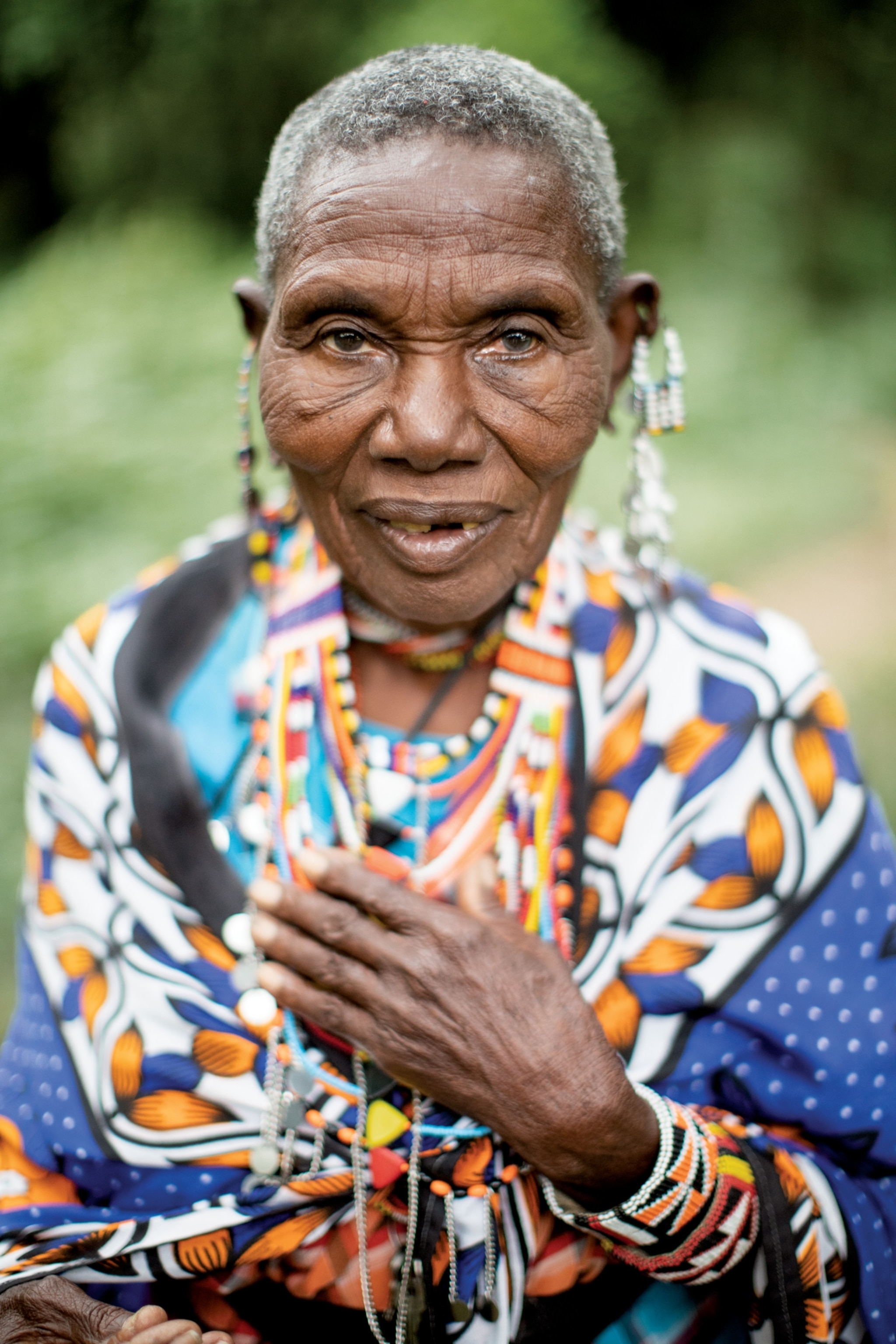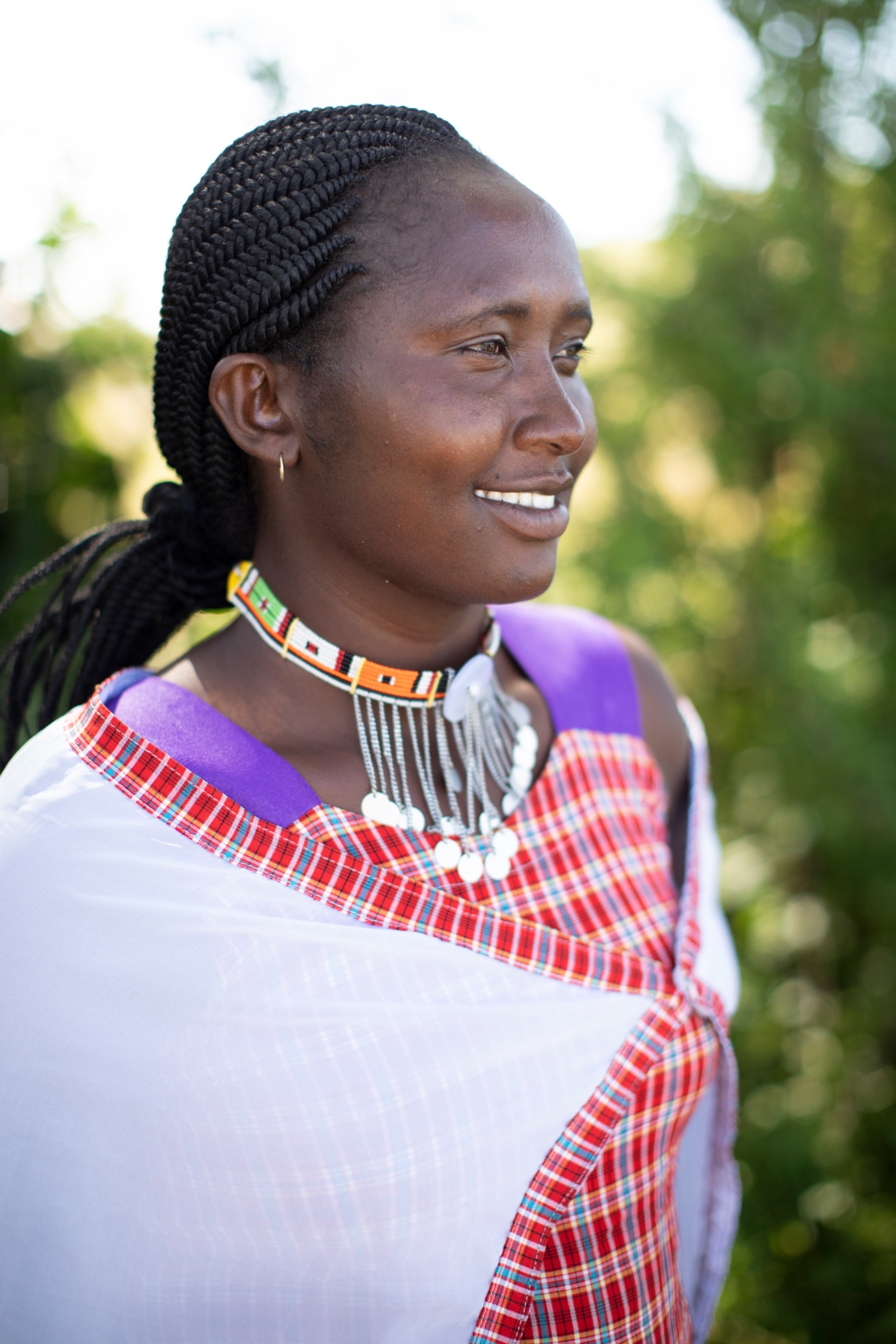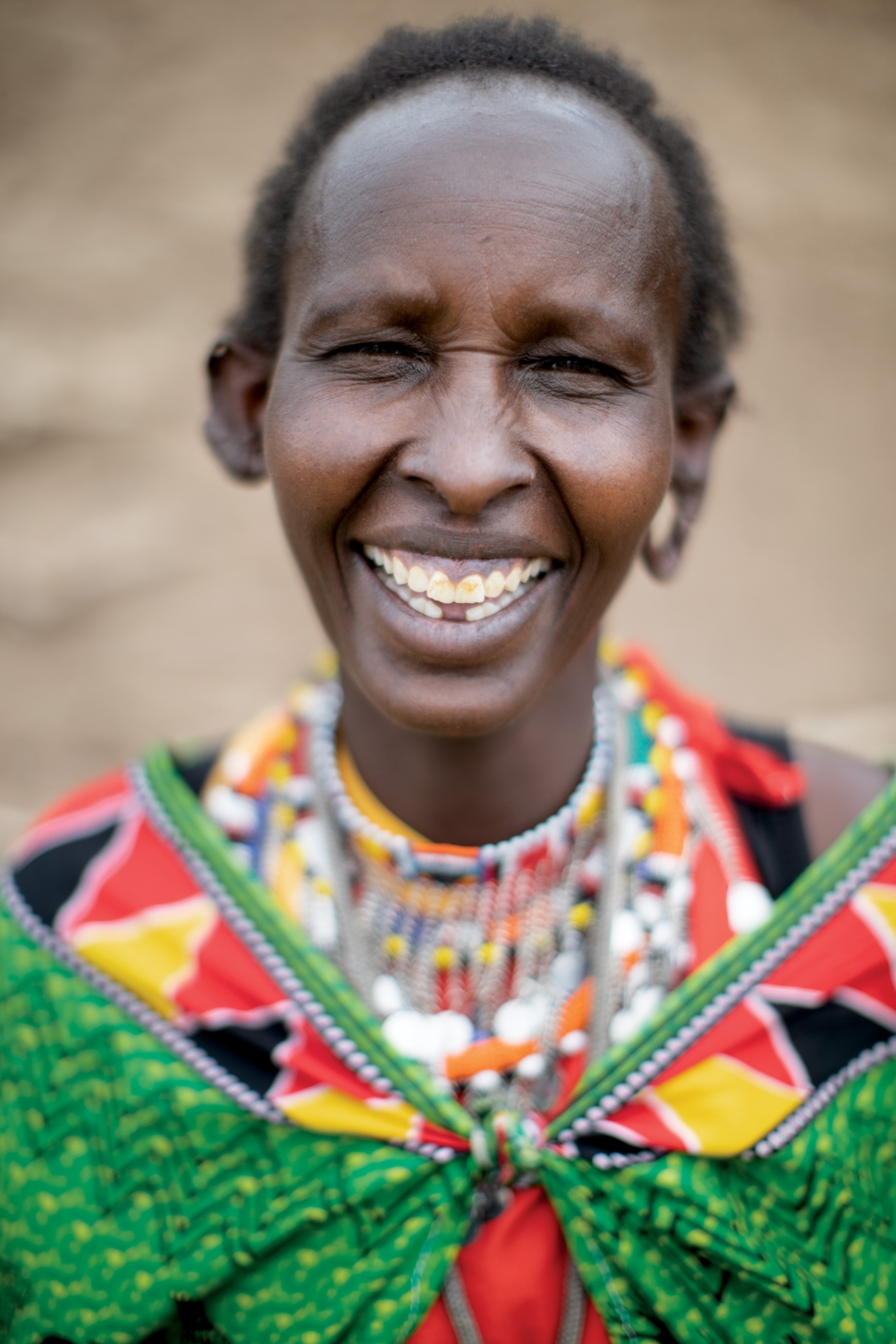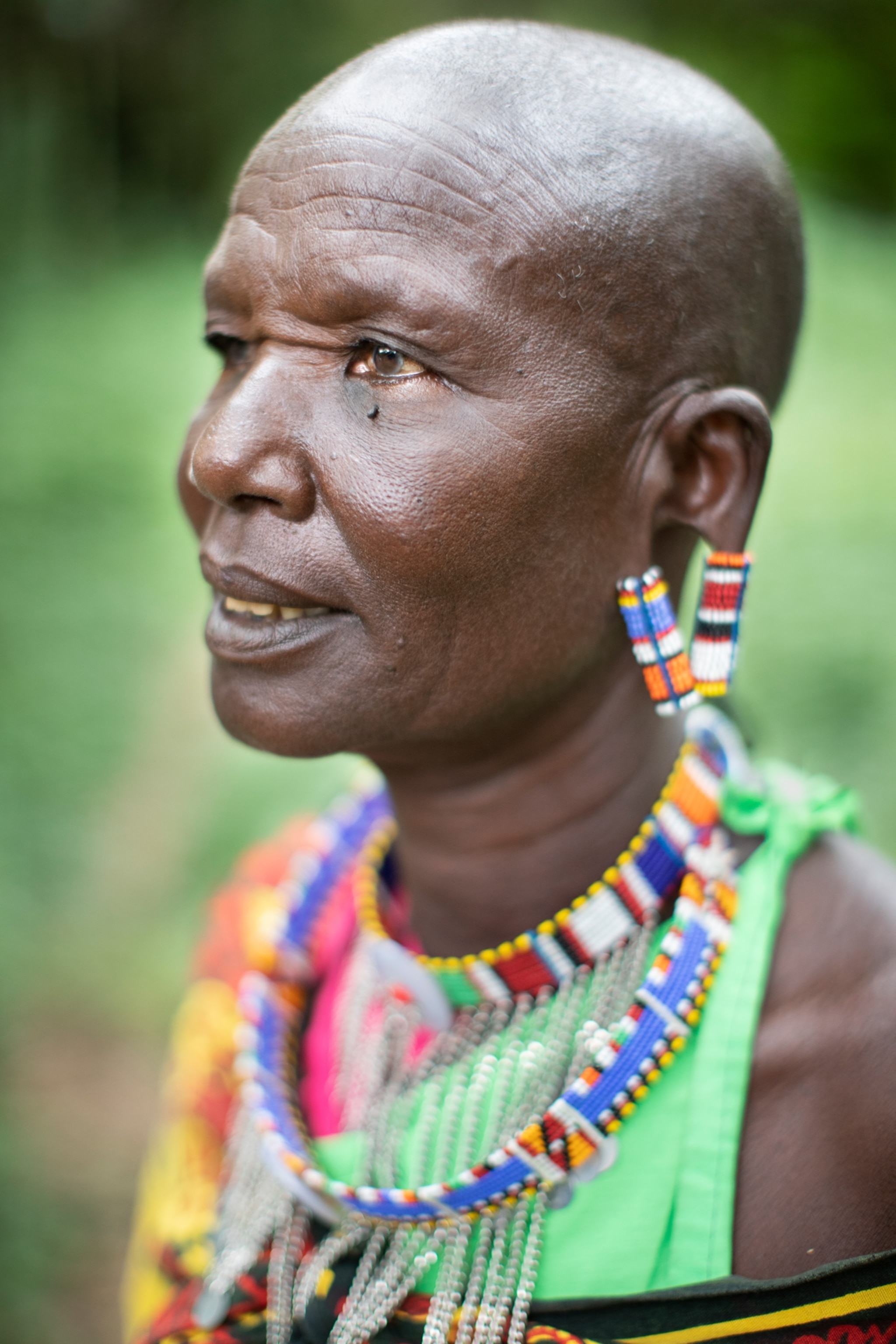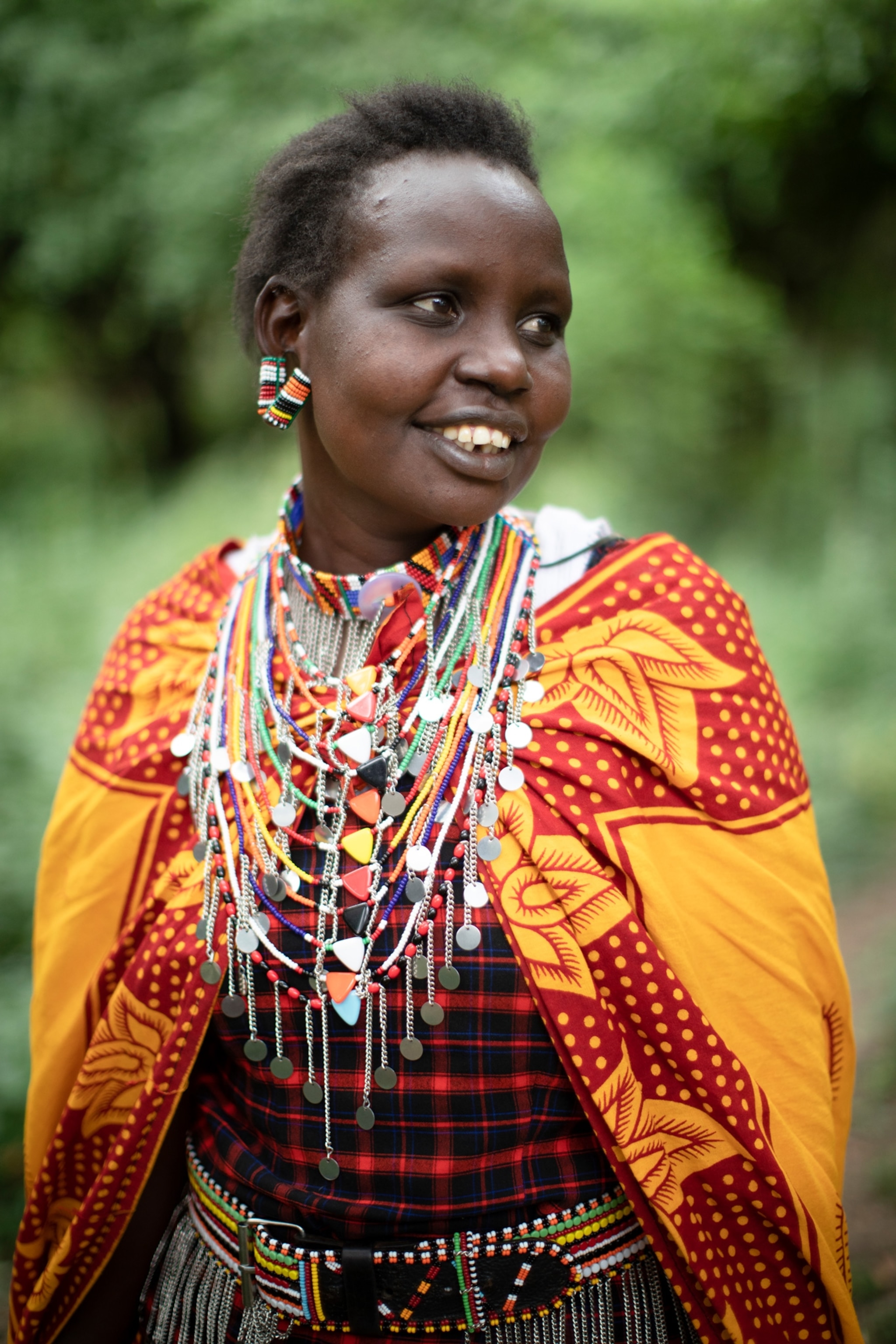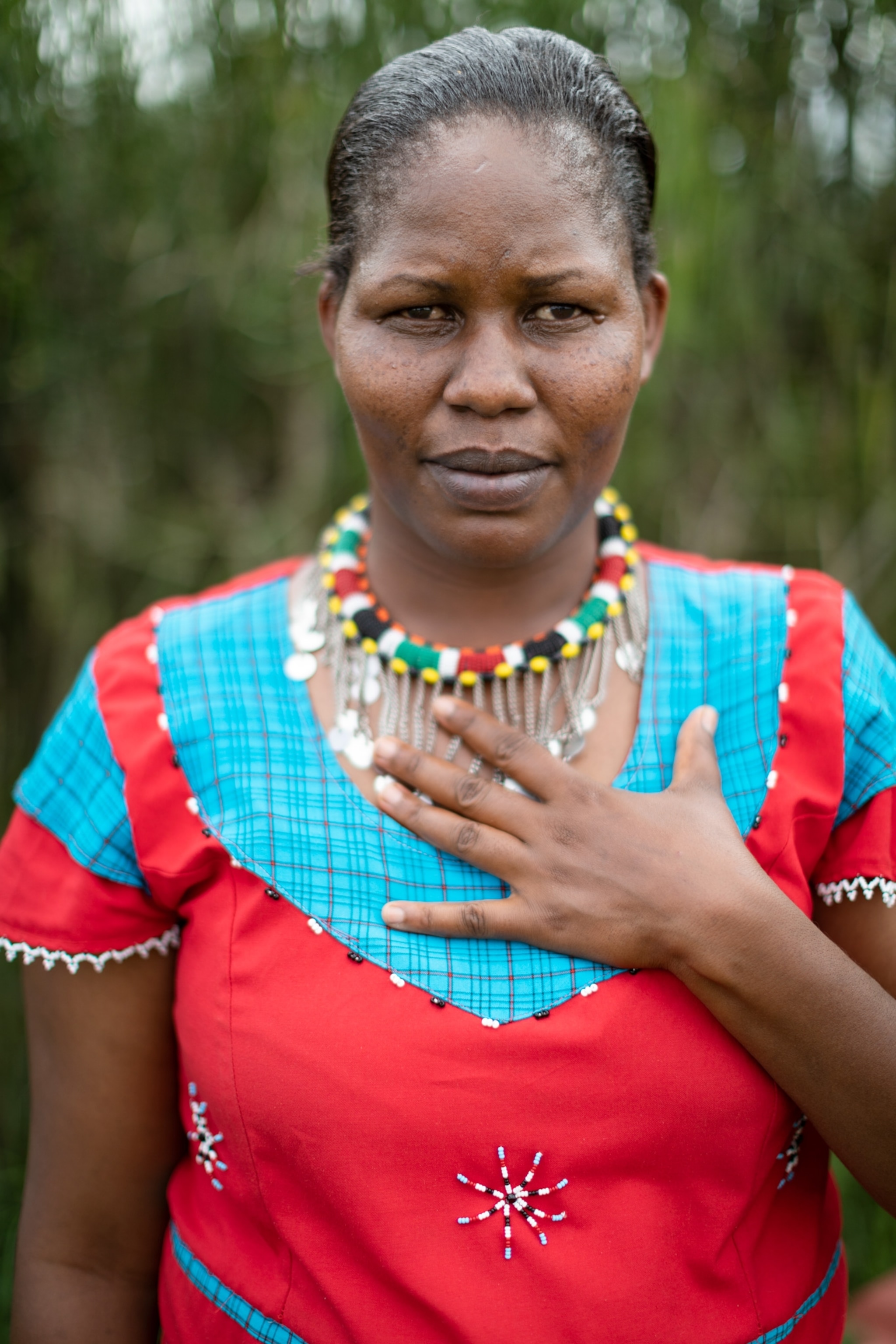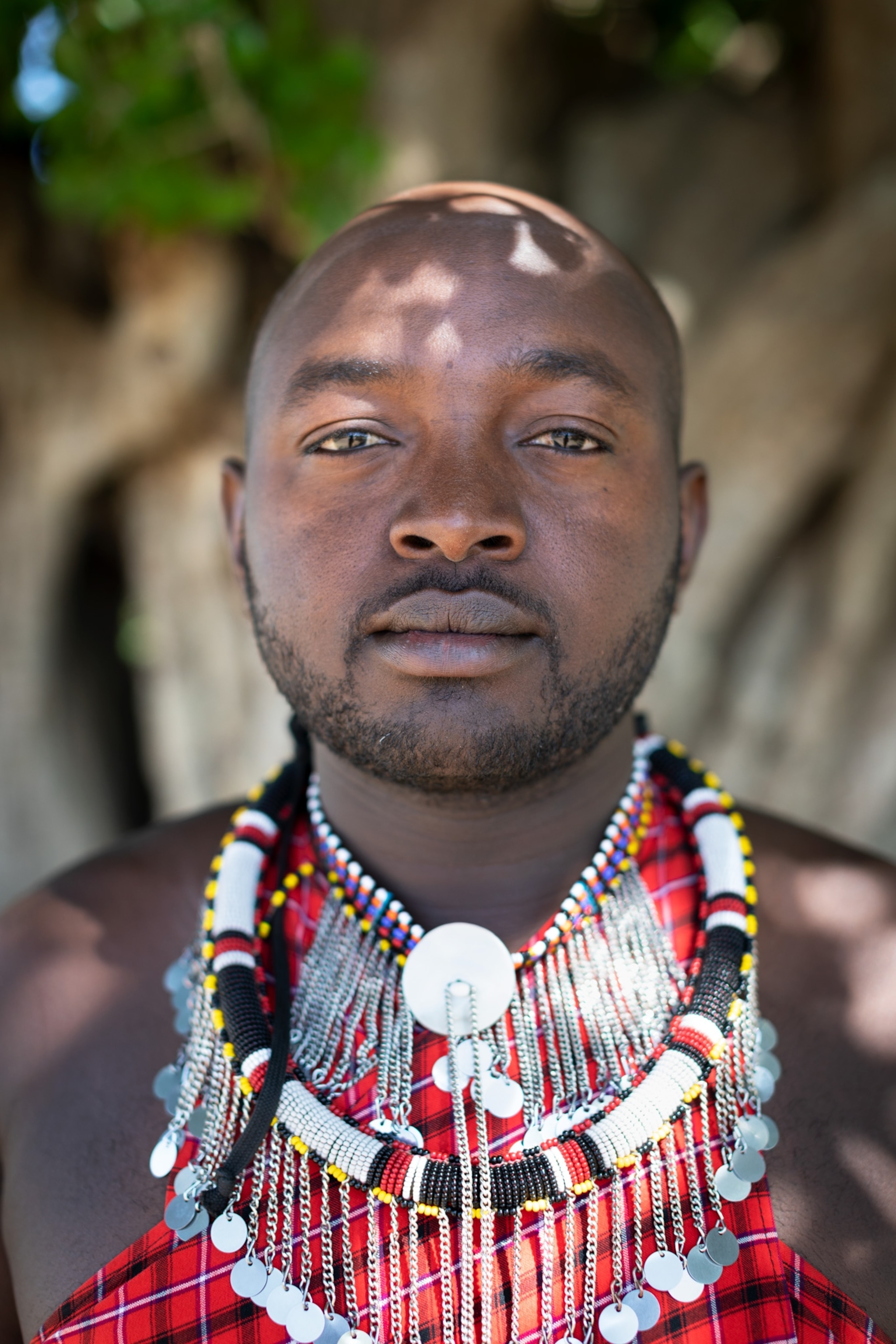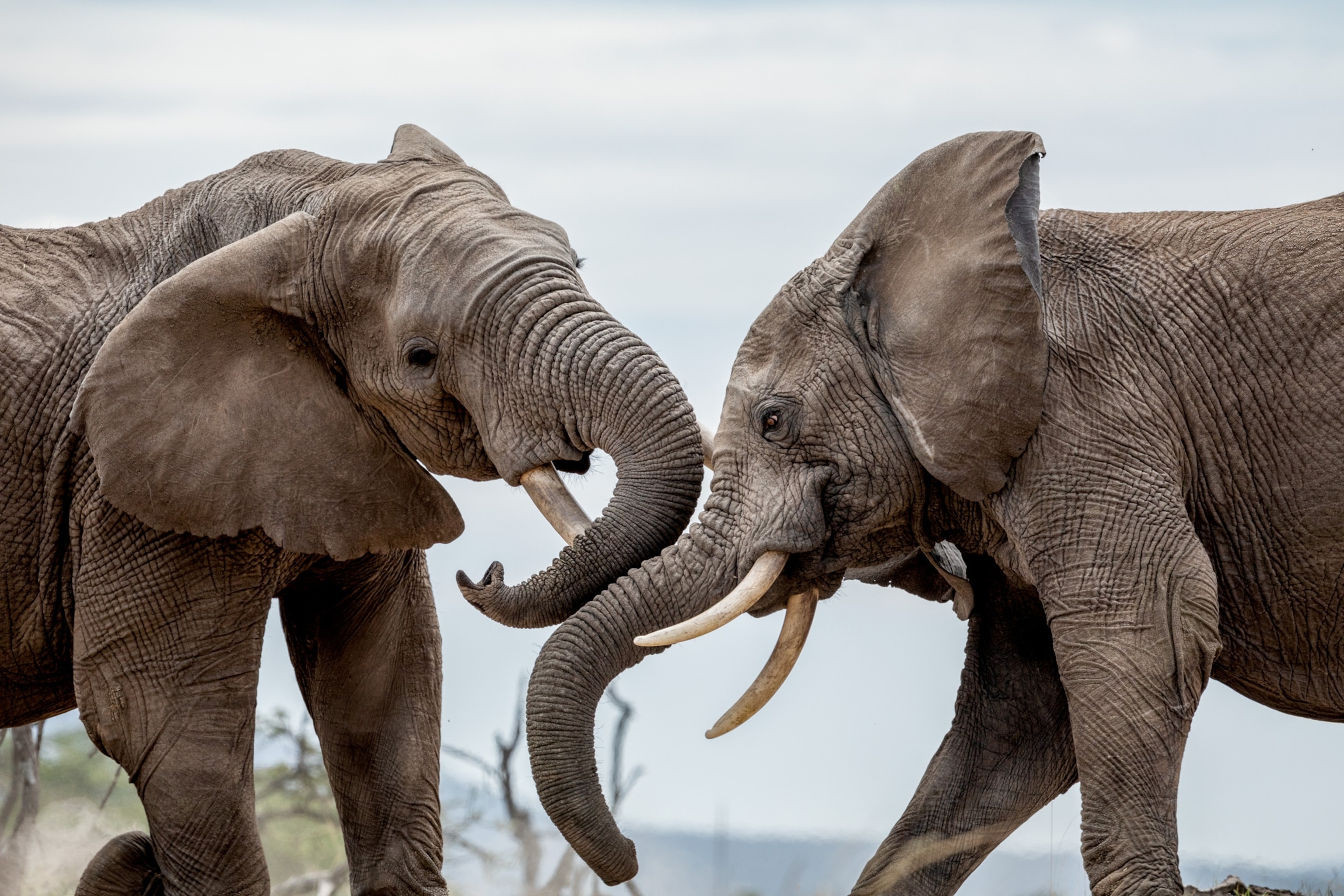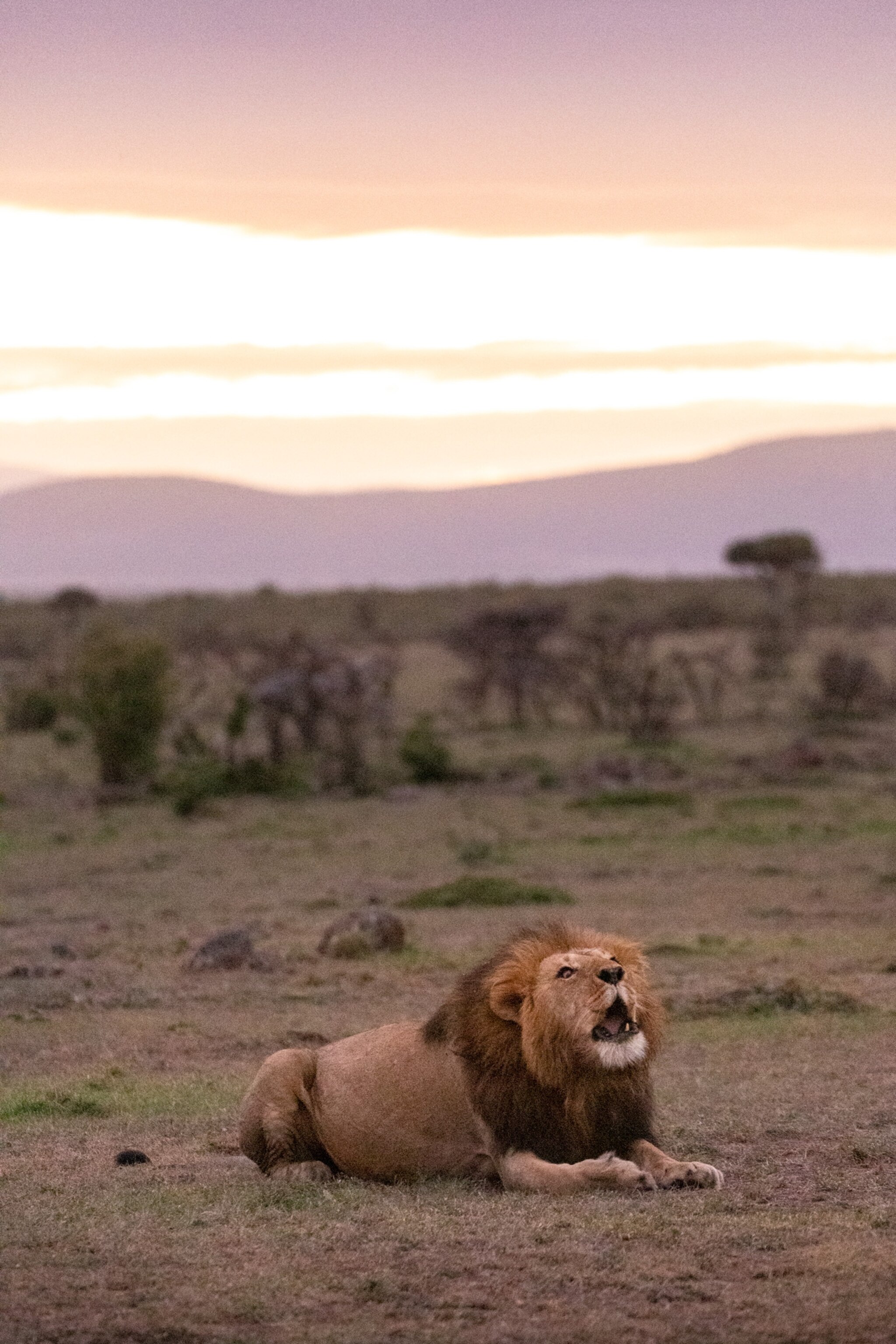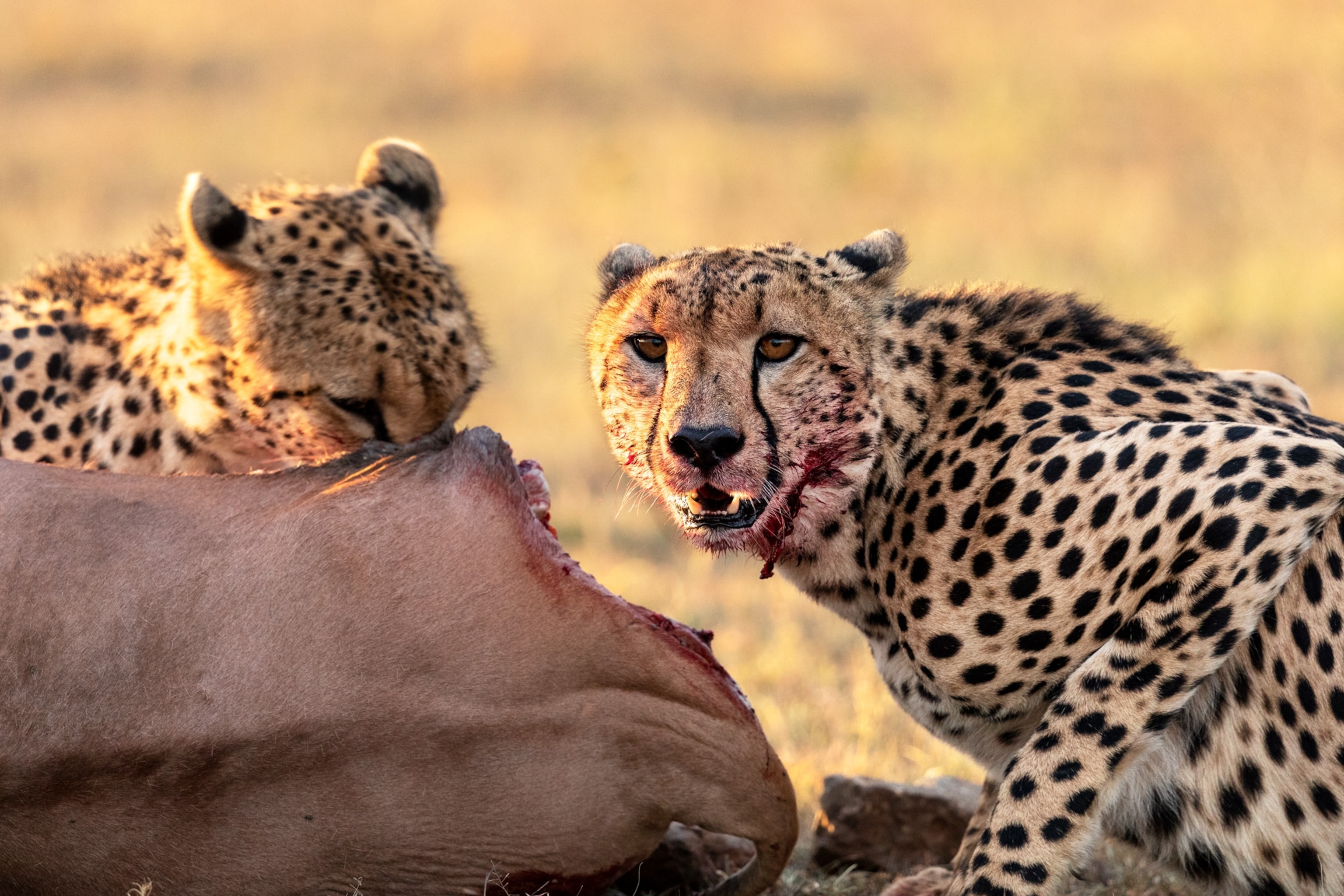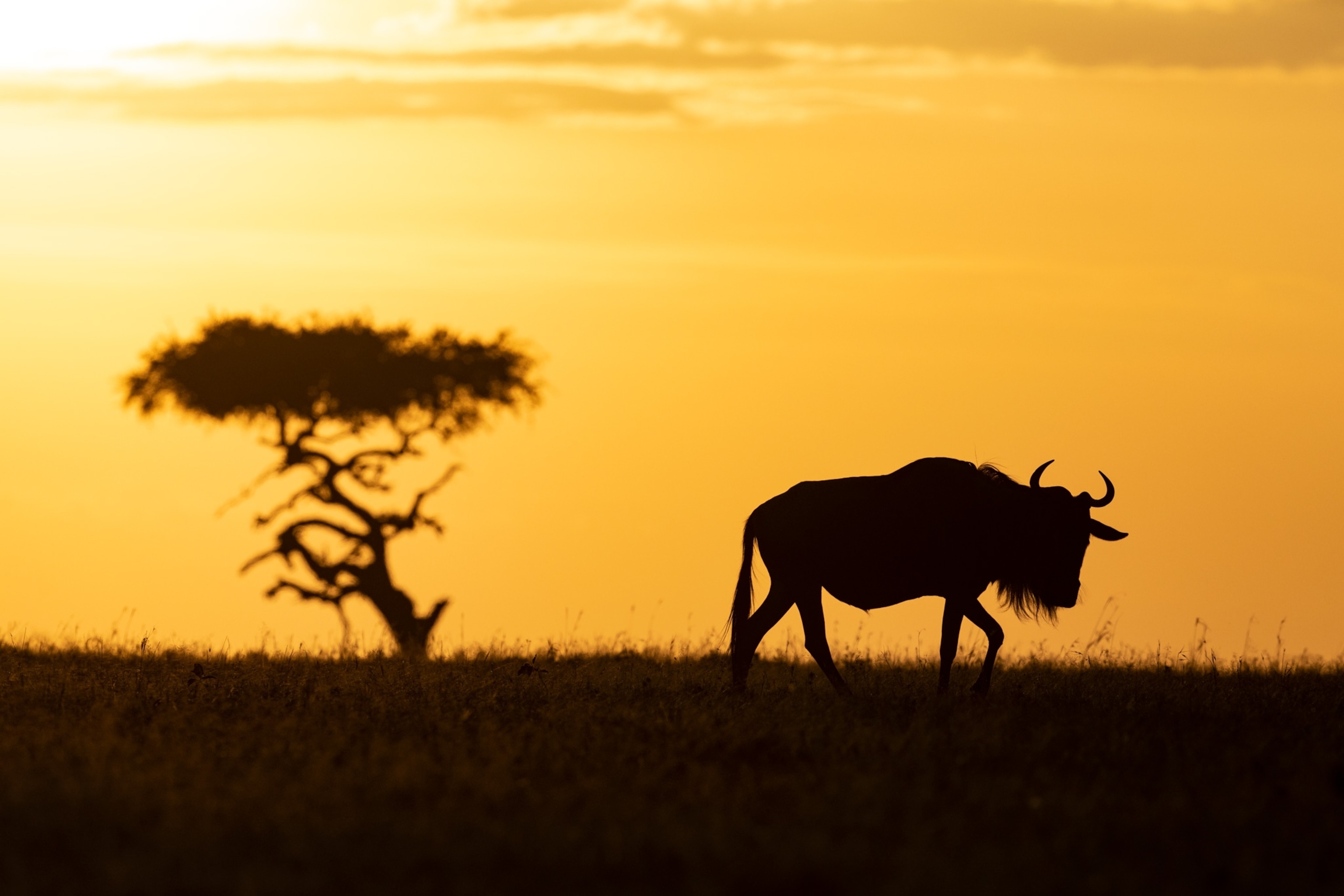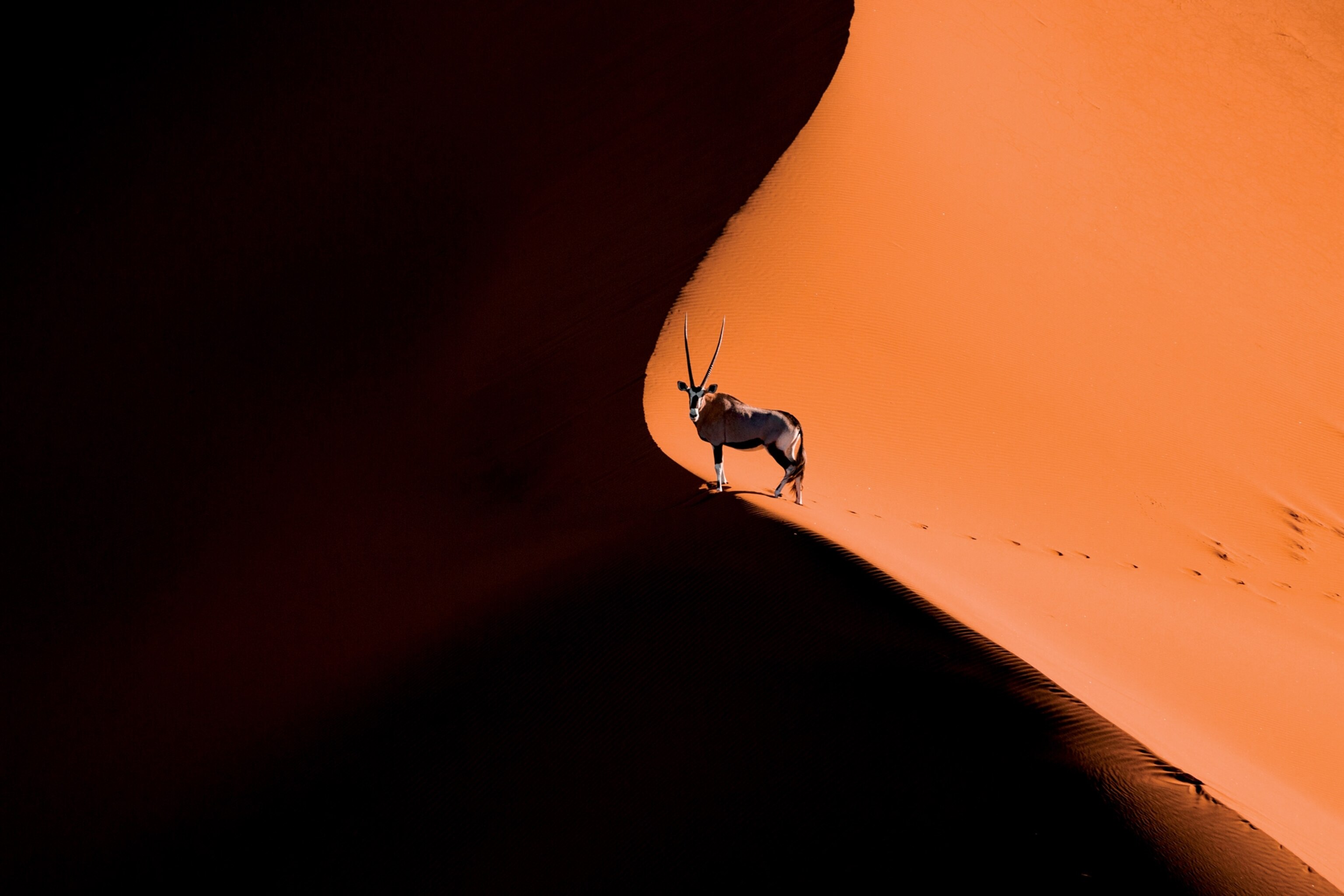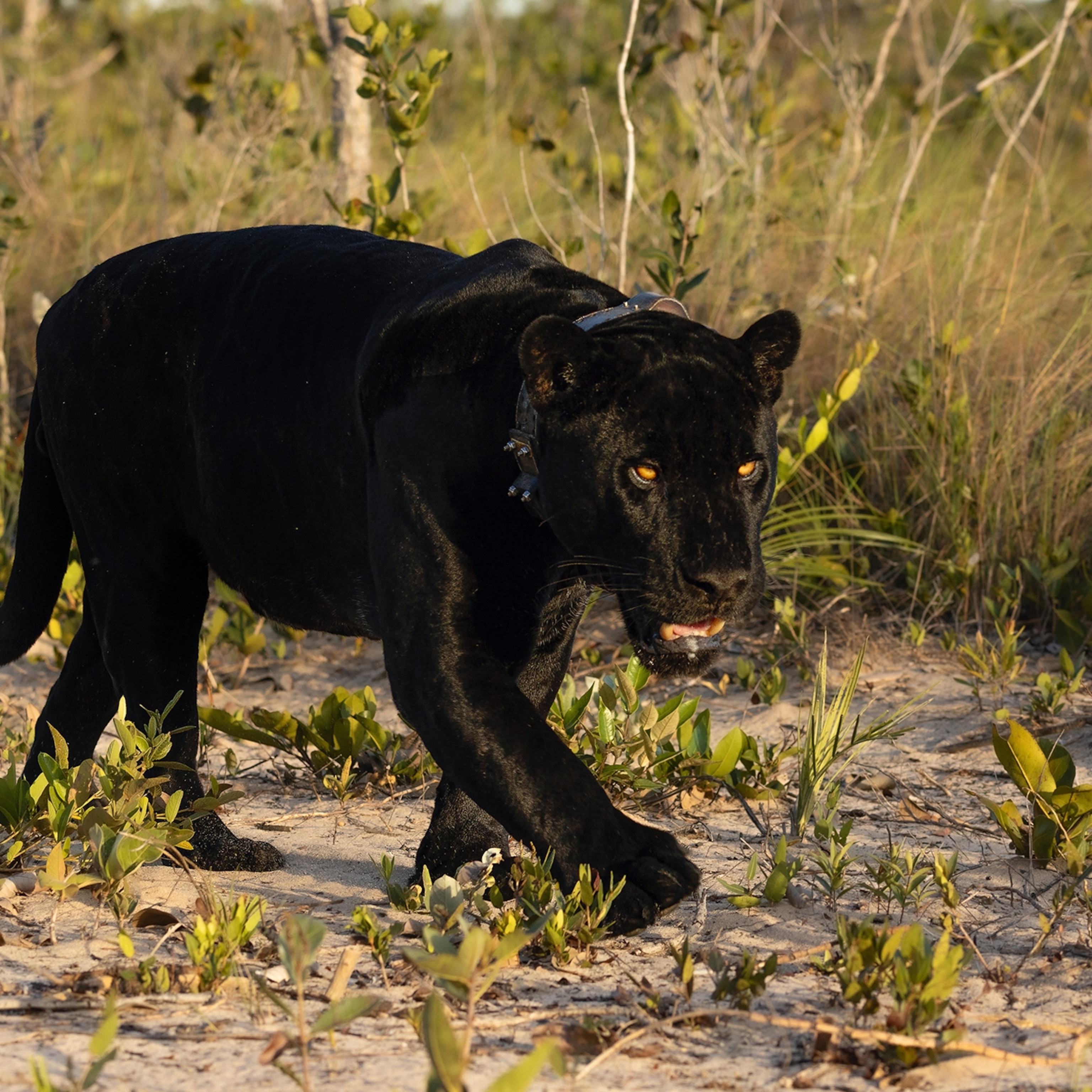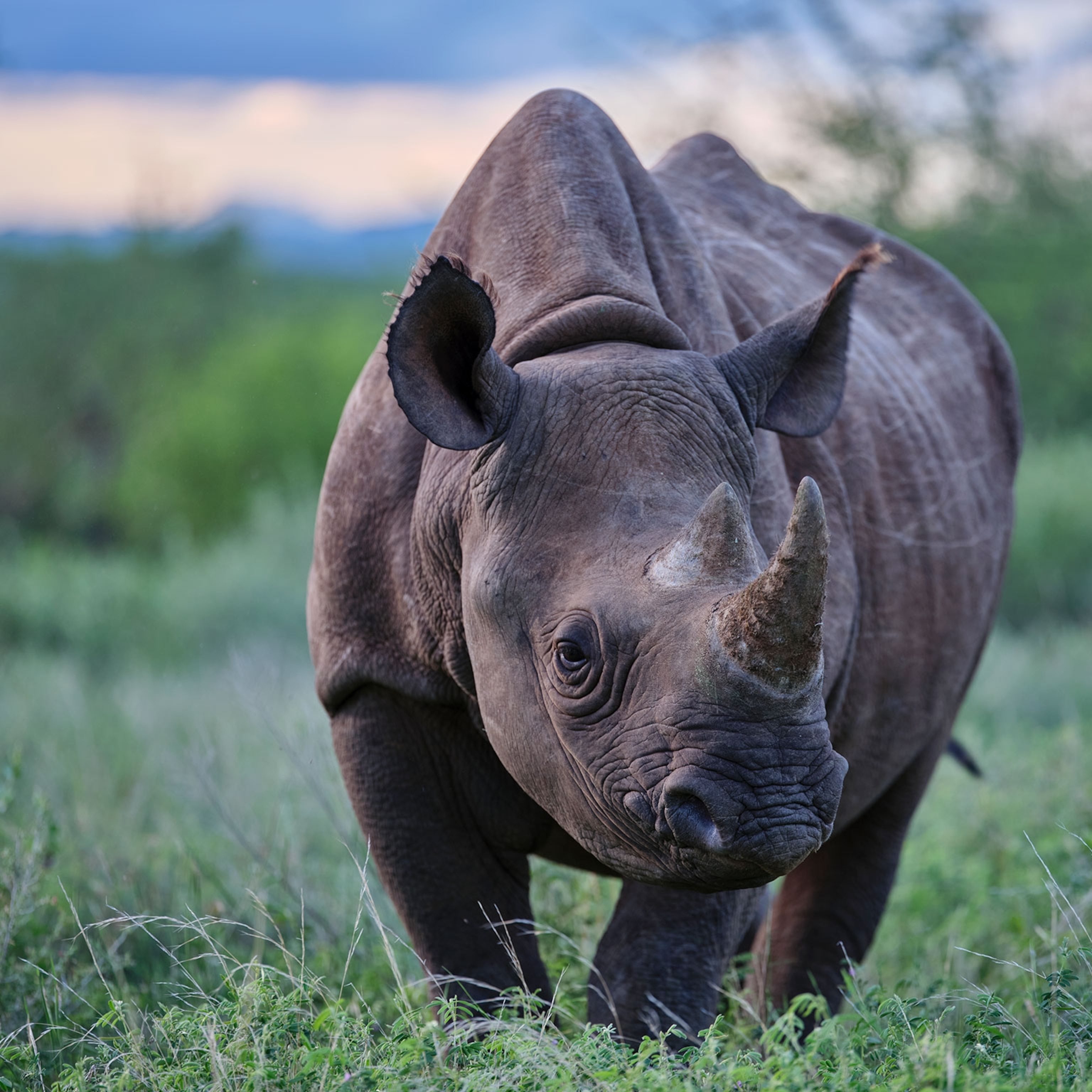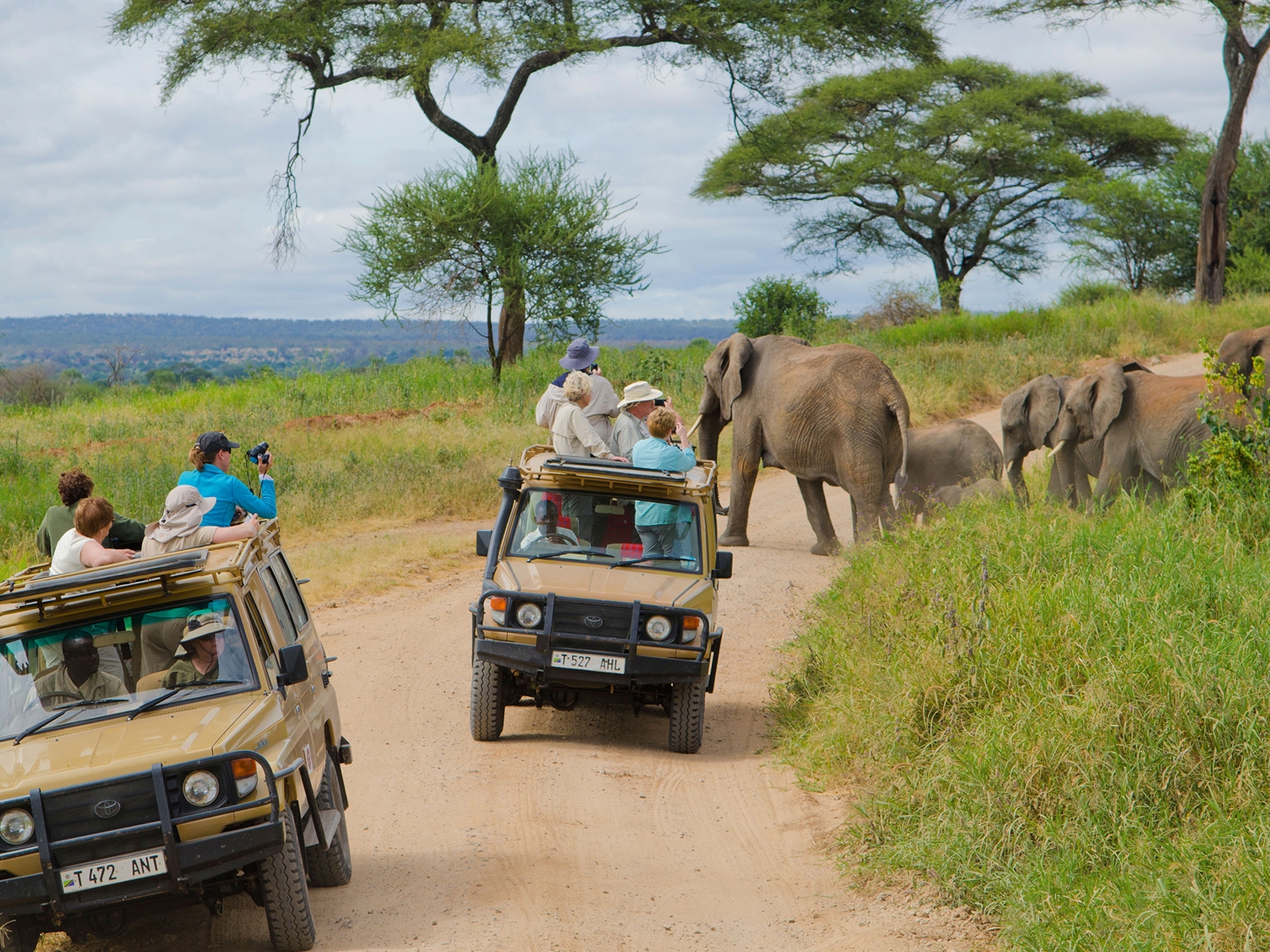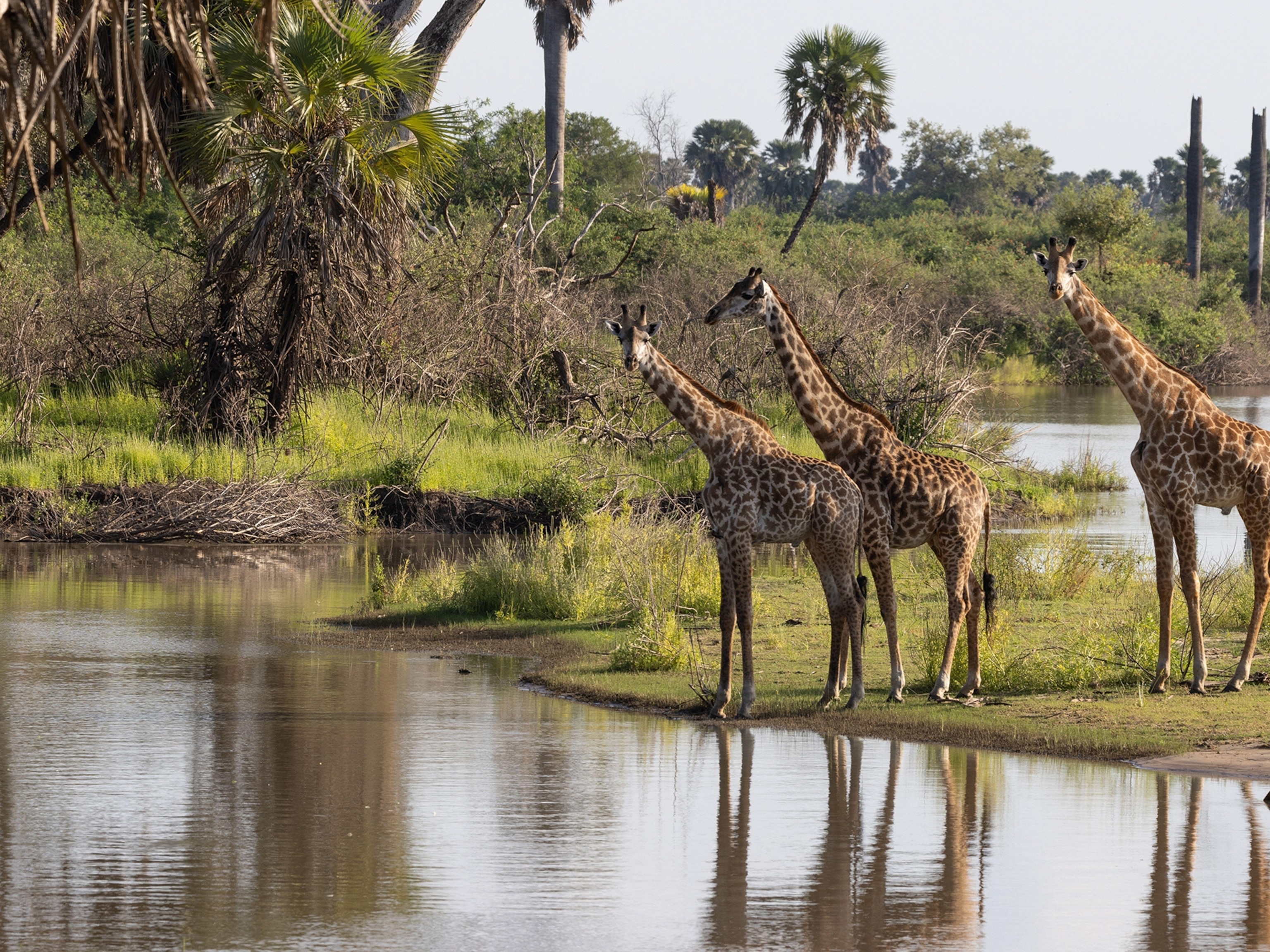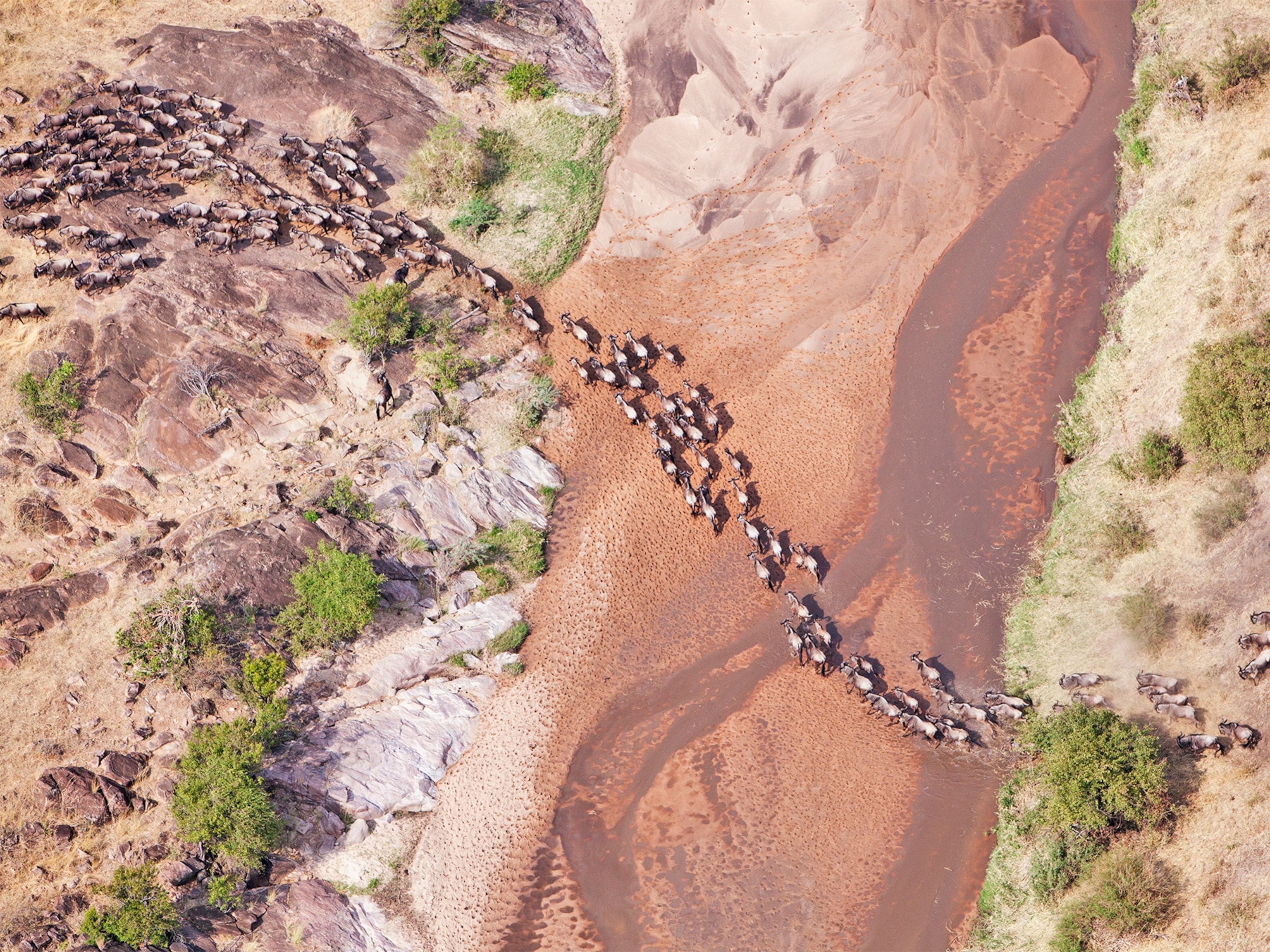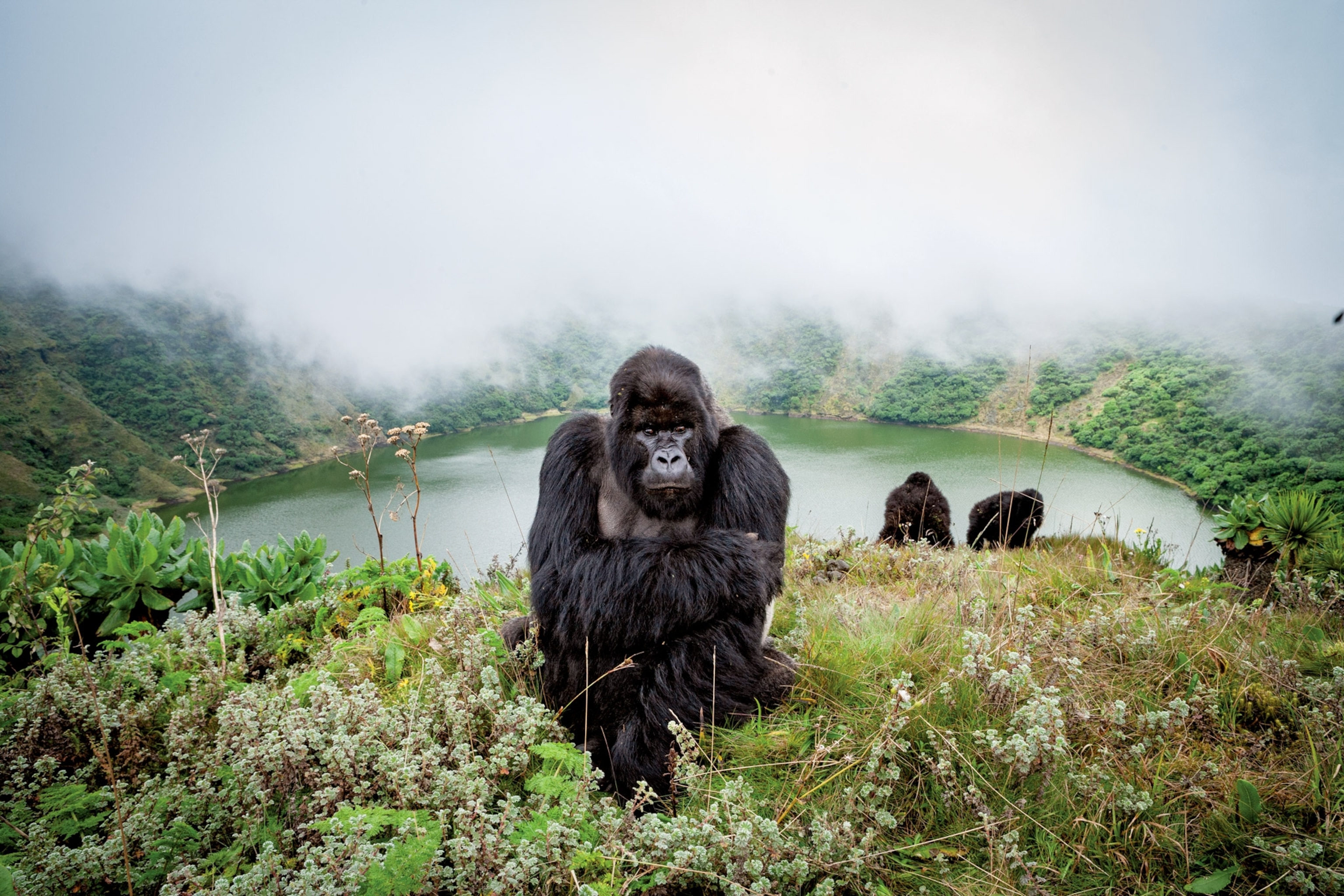
This is the future of safaris in Africa
These five trends are transforming traditional safaris—for the better.
From emerging wildlife havens to women-led expeditions, safaris in Africa are no longer about hunting big game or having a camera-toting adventure led by male guides. The future of African safaris has arrived.
“Community conservancies like Naboisho in Kenya were an important turning point,” says Judy Kepher-Gona, one of Africa’s top ecotourism experts. “Local villagers went from mostly being porters and cooks to becoming partners and leaders in protecting wildlife.” The results are impressive—conservancies in Kenya now encompass more than 15 million acres and protect some of the world’s rarest species, including the black rhino.
As governments have struggled to effectively manage their national parks, private organizations have also stepped in to help, including African Parks, a nonprofit group founded with the sole purpose of saving Africa’s parks and their wildlife by focusing on economic development and poverty alleviation. Success stories include Zakouma National Park, in Chad, which went from the edge of collapse to becoming a jewel in the crown of wildlife encounters today. “We are in a game-changing moment of innovation where local people and travelers alike are benefiting from a new safari vision,” says Keith Vincent, CEO of Wilderness Safaris, one of the continent’s most celebrated outfitters.
Going on safari may once have been about hunting. The safaris of today are about conservation—a good thing for local communities and the planet.
Female empowerment
From Liberia’s Ellen Johnson Sirleaf, Africa’s first female president, to Kenyan conservation crusader Wangari Maathai, Africa has had no shortage of dynamic women leaders. And now a new generation of African women are making it known that they have what it takes to challenge gender norms in the safari industry.
“It was typical of men to insist that we did not possess the skills to be good guides,” says Tshepiso Vivian Diphupu, the head of Africa’s first all-female guide team at Botswana’s Chobe Game Lodge. “But in my experience, women are well suited to this work. We tend to be better communicators, are more sensitive to guests’ interests, and are confident and always willing to learn more.” Dubbed “Chobe’s Angels” by some, Diphupu and her colleagues, now 19 strong, are among the first—but not the only—women to break into what was once solely a fraternity.
Meet Zimbabwe’s formidable female rangers.
“My goal as a guide is to make every safari unique, educational, and fun,” says Maggie Duncan Simbeye, founder of Maggie’s Tour Company, one of the few safari companies owned by an African woman. “I have always loved nature, and my knowledge of plants and animals runs deep.” Working as a safari guide in Tanzania inspired Simbeye to establish the Dare Women’s Foundation, a local NGO working to empower women and girls to pursue their professional ambitions.


Community action
From the Maasai of Kenya to the Himba in Namibia, indigenous people have long lived in balanced coexistence with nature. “We established the Maasai Wilderness Conservation Trust on our ancestral land, near Mount Kilimanjaro, to protect nature and share our traditional way of life with visitors in a more direct and meaningful way,” says chairman Samson Parashina, a Maasai elder recognized by the United Nations in 2012 as one of six Champions of the Earth.
Guests stay at Campi ya Kanzi, an ecolodge in the heart of the trust’s 300,000 acres of community conservancy land, where lions, eland, and other big game roam between Kenya’s Amboseli and Tsavo national parks. “Conservancies are redefining safaris, both in terms of saving wildlife and in offering innovative guest experiences,” says Ashish Sanghrajka, president of Big Five Tours and Expeditions. Sanghrajka specializes in itineraries that support indigenous communities. “It is about being on the forefront of conservation today and also offering a great wildlife adventure. Conservancies are where the two meet.”
Anti-poaching innovations
By 2030, tourism to Africa is projected to generate more than $260 billion annually; photographic safaris are driving much of that economic growth—a vital source of jobs for locals. With so much at stake, safari companies are now funding some of Africa’s most innovative anti-poaching efforts to protect wildlife.
Take the Anatolian shepherd dog project at Bushmans Kloof, a National Geographic Unique Lodge of the World, in South Africa’s Cederberg Mountains. “The Cape leopard is one of the world’s most threatened big cats, because livestock farmers kill them trying to defend their flocks. We learned that Anatolian shepherd dogs instinctually protect sheep and goats from predators,” says Brett Tollman, CEO of The Travel Corporation, of which Bushmans Kloof is a part. “So we donated these beautiful canines to local villagers to protect their livestock. And where we have introduced the Anatolian dogs, the result has been a dramatic decrease in poaching of Cape leopards.”
Here’s how to take a solo safari in South Africa’s wild grasslands.
Emerging destinations
Chad may qualify as Africa’s least known safari destination, but Zakouma National Park, one of National Geographic’s Best Trips 2020, is changing that. “I have spent 30 years as a private guide throughout Africa, and Zakouma is one of the most amazing wildlife spectacles I have witnessed. Nothing prepares you for the sight of millions of red-billed queleas taking flight at sunrise and elephant herds almost too numerous to count,” says Michael Lorentz, owner of Passage to Africa.
More intrepid wildlife lovers are also heading to Madagascar, home to tens of thousands of flora and fauna species. Seventy percent of these, including almost all of the world’s lemurs, are found no place else. The third largest coral reef system in the world thrives here as well.
Explore 17 unforgettable safaris.
Then there is the west coast of Africa, never really considered a viable safari destination, until the likes of National Geographic explorer Michael Fay led an expedition to Gabon and witnessed hippos swimming in the sea, elephants roaming white sand beaches, and large gatherings of gorillas in jungle clearings.
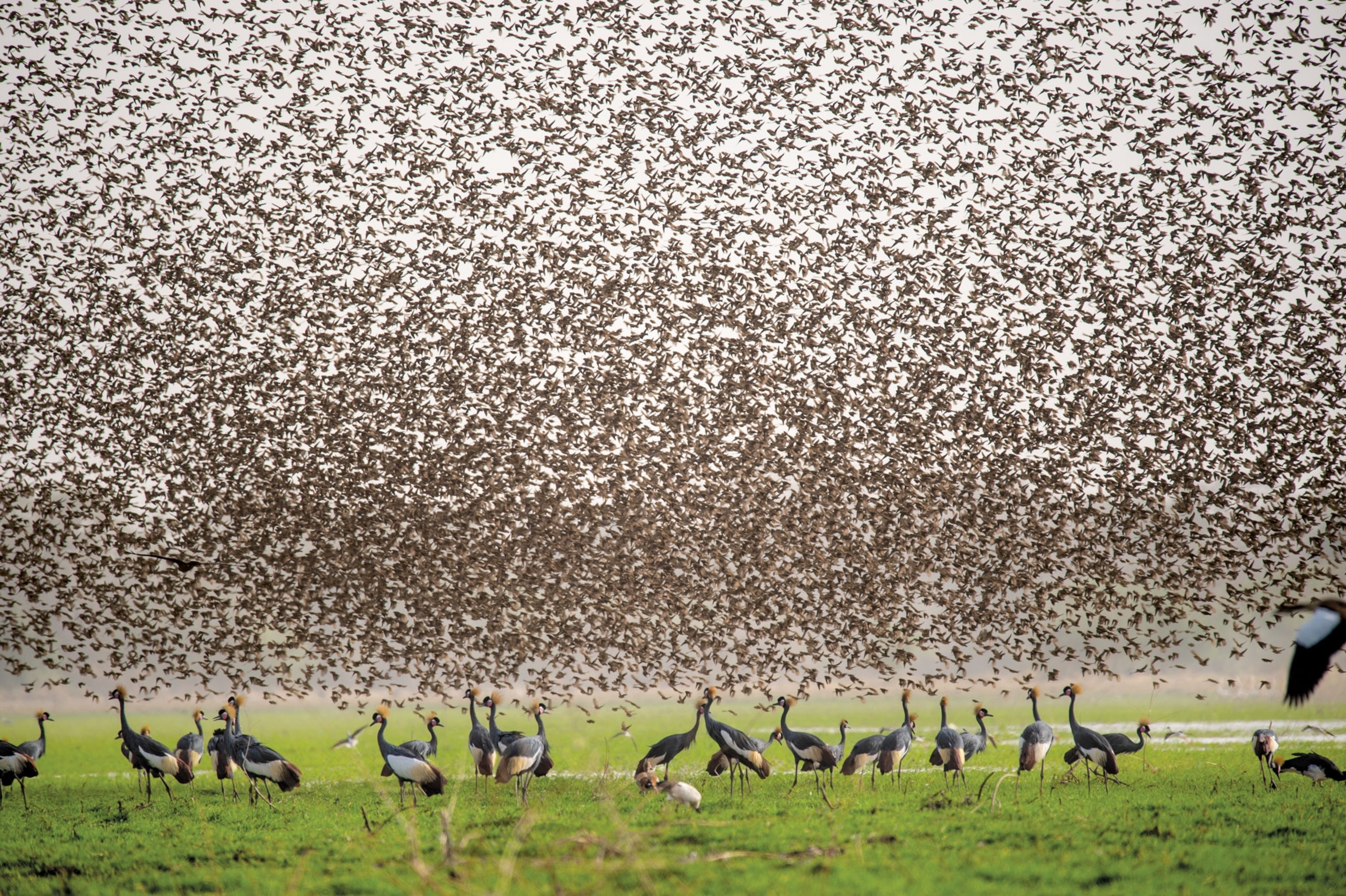
Sustainable sightings
The contradiction between celebrating nature and adding more pollution to the planet has not been lost on the growing number of today’s more sustainably minded travelers. In 2020, Xigera Safari Lodge will reopen in the biodiverse bonanza of the Okavango, powered by a 4,000-plus-kilowatt solar farm. A Tesla lithium-ion battery system will sport charging points for electric safari vehicles. It will also be free of single-use plastic. “Our aim is to create the eco-luxury safari lodge of the future,” says managing director Mike Myers.
Read how a journey into the Okavango Delta changed these conservationists.
In Rwanda, one of the last strongholds of the endangered mountain gorilla, Singita Kwitonda Lodge is also taking sustainability to the next level. Natural materials were used to build the walls, and an innovative ventilation system draws in fresh air to cool the rooms, eliminating the need for energy-intensive air-conditioning.
In Namibia, andBeyond Sossusvlei Desert Lodge is located in the continent’s only dark sky reserve. “Deserts are particularly fragile ecologically. We have not only taken care to cause as little impact as possible during construction, but we also have a full recovery program once the build is complete,” says Joss Kent, CEO of andBeyond.
- National Geographic Expeditions
